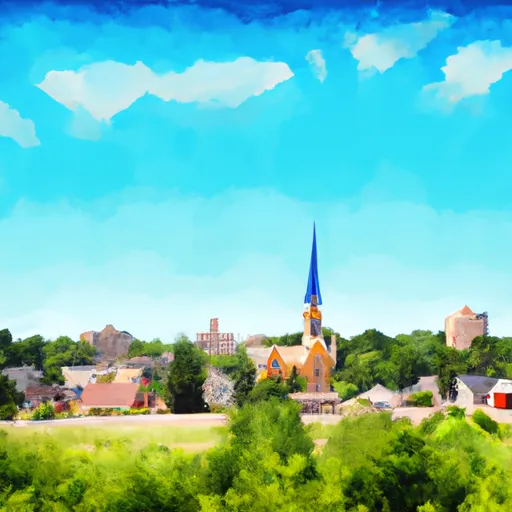°F
°F
mph
Windspeed
%
Humidity











Rothschild is a charming village located in Marathon County, Wisconsin. Known for its picturesque landscapes and outdoor recreational opportunities, it offers an enjoyable climate throughout the year. Summers in Rothschild are warm and pleasant, with average temperatures ranging from the high 70s to mid-80s Fahrenheit. Winters can be cold, with temperatures averaging in the low 20s to 30s Fahrenheit, providing opportunities for winter sports enthusiasts.
The village is bordered by the beautiful Wisconsin River, which adds to its hydrological appeal. The river provides recreational activities like fishing, boating, and kayaking, allowing residents and visitors to immerse themselves in the natural beauty of the area. Rothschild is also home to a number of scenic parks and trails, such as the Greenheck Field House Park and the Cedar Creek Trail, where outdoor enthusiasts can enjoy hiking, biking, and picnicking.
With its favorable climate, stunning waterways, and abundant outdoor recreational opportunities, Rothschild offers a delightful retreat for nature lovers and adventure seekers alike.
Weather Forecast
Rothschild receives approximately 831mm of rain per year, with humidity levels near 82% and air temperatures averaging around 7°C. Rothschild has a plant hardyness factor of 4, meaning plants and agriculture in this region thrive during a short period during spring and early summer. Most plants will die off during the colder winter months.
Regional Streamflow Levels
61
Cubic Feet Per Second
4,700
Cubic Feet Per Second
392
Cubic Feet Per Second
67
Cubic Feet Per Second
Nearby Camping
| Camping Area | Reservations | Toilets | Showers |
|---|---|---|---|
| McLeod Water Park | |||
| Okatoma Water Park | |||
| Little Black Creek Waterpark | |||
| Lake Columbia | |||
| Lake Mike Conner | |||
| Simpson County Lake |



